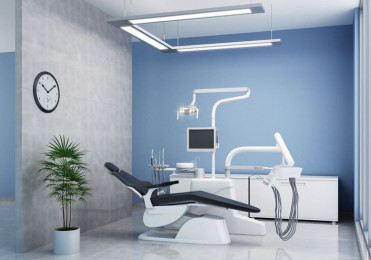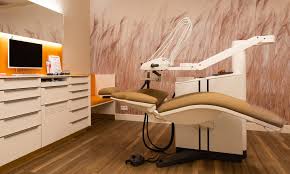Dr Hashim's Thekkekara Dental Clinic, Ramanattukara, Kozhikode
Dr Hashim's Thekkekara Dental Clinic, Ramanattukara , Kozhikode is one of the best in the field of Dental Clinic in Ramanttukara, Kozhikode .
Location, Overview and Description:
Dr Hashim's Thekkekara Dental Clinic - Your Trusted Hub for Comprehensive Dental Care
Established in 2020, Dr Hashim's Thekkekara Dental Clinic has consistently been a hallmark of excellence in dental healthcare. Nestled in Ramanattukara, Kozhikode, a stone's throw away from Pathinonnumile Junction, our clinic is committed to providing top-tier dental services with a focus on credibility and unwavering customer satisfaction. Led by Dr. Hashim, a seasoned dental professional, our clinic is dedicated to offering personalized and comprehensive care to meet the unique needs of every patient.
Credibility and Expertise: Dr Hashim's Thekkekara Dental Clinic is synonymous with credibility in the field of dentistry. Dr. Hashim, our founder, brings a wealth of experience and expertise, ensuring that patients receive the highest quality of dental care. The clinic is equipped with cutting-edge technology, and our skilled team of dental professionals stays abreast of the latest advancements in the field. Our commitment to providing accurate diagnoses and effective treatments underscores our credibility, making us a trusted choice for individuals seeking superior dental healthcare in Kozhikode.
Customer Satisfaction and Accessibility: At Dr Hashim's Thekkekara Dental Clinic, customer satisfaction is paramount. Operating on weekdays from 10.00 am - 8.00 pm, we offer a convenient schedule for our patients. The clinic's strategic location near Pathinonnumile Junction in Ramanattukara ensures easy accessibility for the local community. Our friendly and welcoming atmosphere, coupled with a patient-centric approach, contributes to a positive and comfortable experience. The clinic's commitment to fostering lasting relationships with patients is evident in the high level of satisfaction among those who entrust us with their dental health.
In conclusion, Dr Hashim's Thekkekara Dental Clinic, established in 2020, is a beacon of credibility and customer satisfaction in dental healthcare. Located near Pathinonnumile Junction in Ramanattukara, Kozhikode, our clinic is dedicated to delivering expert dental services with a focus on personalized care. Visit us during our weekday hours from 10.00 am - 8.00 pm, and experience dental care that goes beyond expectations.








